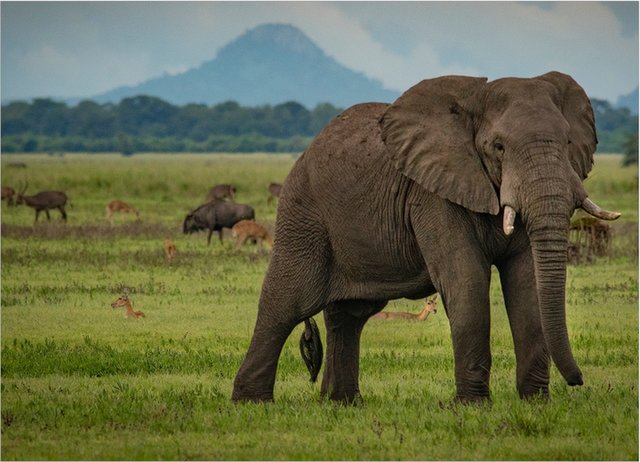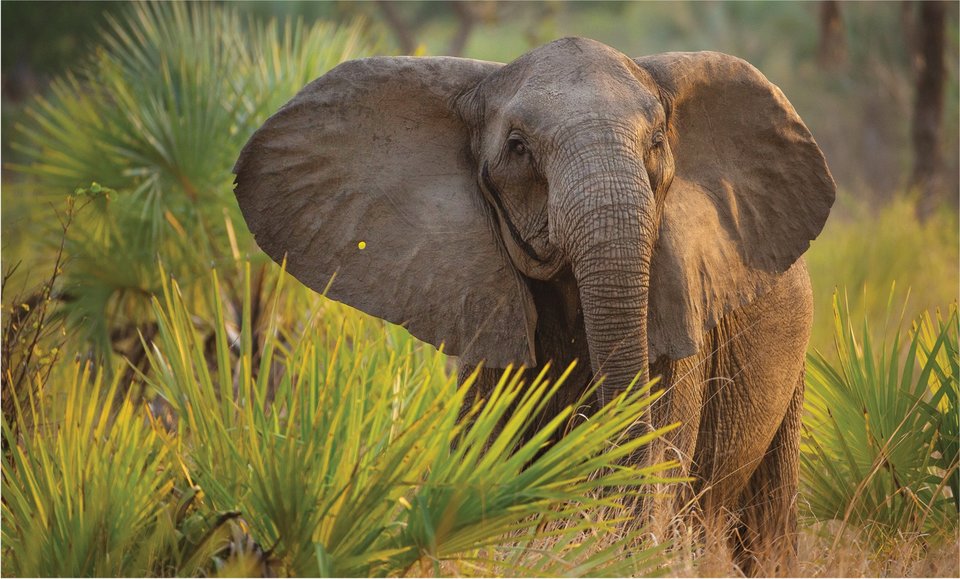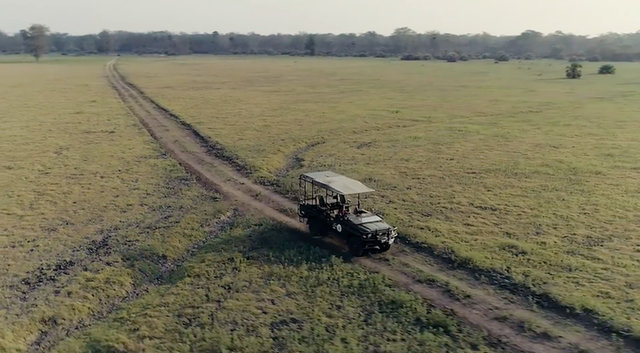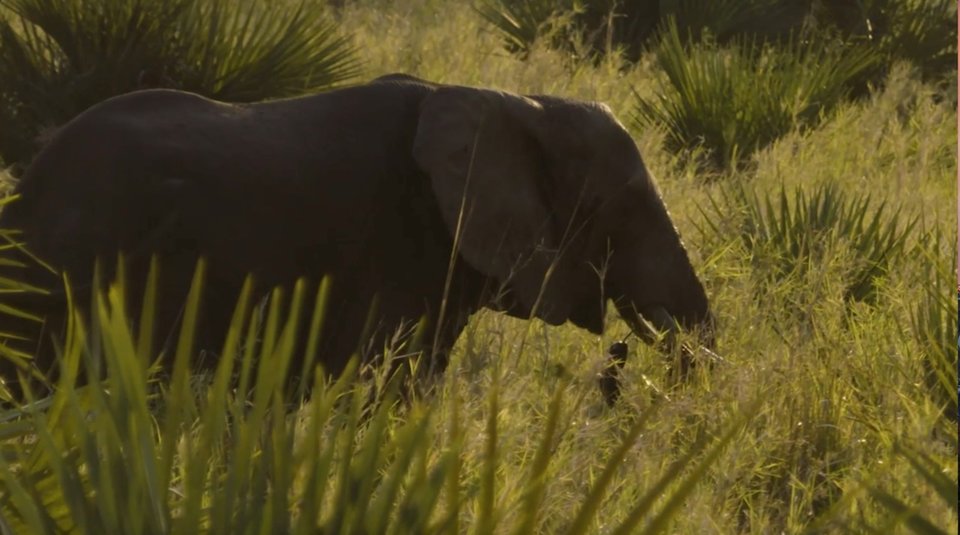NORTH
AMERICA
EUROPE
ASIA
AFRICA
SOUTH
AMERICA
AUSTRALIA
Anditwillbeagain.Butfrom1977to1992,GorongosaNationalParkwasawar zone.
TwoyearsaftertheAfricancountryofMozambiquegaineditsindependencefromPortugalin1975,thecountrywasengulfedinacivilwar.Thewarwasahumanwar.Butmanyanimalssuffered.Thisplacethathadteemedwithlifewasnownoticeablylackinginlargeanimals,suchaselephants,buffalo,zebras,andwildebeests.Wheresome2,500elephantshadfreelyroamed,fewerthan200 elephantsremained.Andthosethatdidwerephysicallyandemotionallyscarredby war.
MozambiqueisDominiqueGonçalves’country.Gorongosaisherhome.She,morethanmany,understandswhattheelephantssuffered.SheisaNationalGeographicExplorerandthemanageroftheElephantEcology Project.
ANTARCTICA
Mozambique
GorongosaNational Park

Elephantsareknownfortheirsocialbonds,intelligence,and memory.
"AnimalbehavioristssaythatGorongosaelephantshaveacultureofaggression,”saysGonçalves.“Althoughthisistrue,Iprefertothinkofitasacultureofprotection.Theyhaveseentheirfamiliesslaughtered.Theydon’ttrusthumans.Theydon’ttrust vehicles.”
Andreally,whywouldthey?Attheheightofthewar,elephantswerehuntedformeattofeedsoldiers.Theirtusksweresoldforgunsandammunition.Elephantsbecameaninstrumentofwar.Yet,theseanimalscanlivelonglives,andtheyhavelongmemories.Manyelephantsfromthattimearestillalivetoday,andtheyremember.Theywerechangedbywar,andGorongosa’selephantsareshapedbythatlegacy.Astheparkmakesitsrecovery,elephantsarebeginningtothriveagain.Howwilltheirexperiencesshapetheir future?

MatriarchValdastandstall.Butyoucanclearlyseethebulletholeinherrightear—aninjuryshegotinthe war.
AllintheFamily
Anelephantherdislikealargefamily.It’smadeupoftheoldestandlargestfemalewholeadsherdaughtersandtheiroffspring.Sheisthematriarch.
Thefemalesoftheherdhelpeachotherwiththebirthandcareoftheiryoung.Aherdcanhaveasmanyas50elephantsinit.Maleelephants,calledbulls,formsmall,all-malepodsinwhichtheyliveand travel.

DominiqueGonçalvesobserveselephantsinthe field.
InGorongosa,theelephants’behaviorisstronglyinfluencedbytheirfearofpeople,whichwascreatedduringwartime.So,theybehavedifferentlyfromelephantselsewhere.Theystayawayfromopenareasduringdaylight.Theytendnottovisitplaceswheretheyfeelvulnerable.Iftheyencounterpeople,theyfightorflee.Often,amatriarchwillleadotherstochargeandchasevehicles.Theytrumpetloudlytoscarepeople away.
Gonçalveshasseenallofthesebehaviors,andsheunderstandswhattheymean.“Thesocialbondsbetweenelephantsarereallycomplex,”shesays.Likehumans,elephantsarecapableofformingstrongconnectionswiththeirfriendsandfamilymembers.Theserelationshipsstartbetweenmotherandcalfandradiateout.Protectingtheherdandkeepingallmemberssafeisthematriarch’spriority.Gonçalveslearnedthisfirsthandinthe field.
